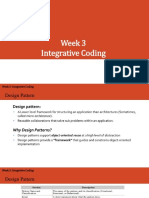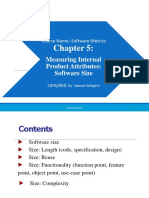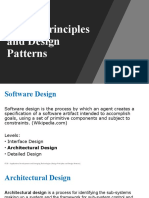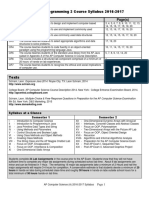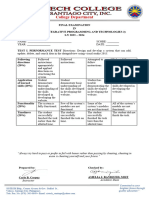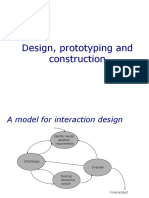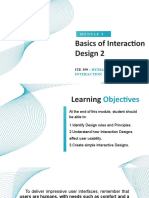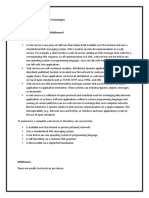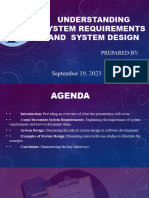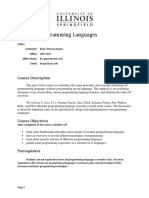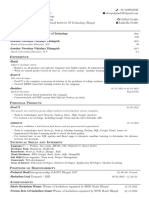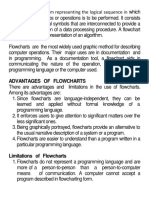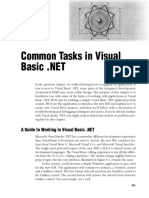0% found this document useful (0 votes)
241 views14 pagesHTML Proj
The document discusses design patterns, which are reusable solutions to common programming problems. It describes design patterns as lower-level frameworks that solve subproblems within an application. The document also discusses different types of design patterns like creational, structural, and behavioral patterns. It provides examples of each type of pattern. The document then discusses interfaces and inheritance in object-oriented programming.
Uploaded by
Danikey SantosCopyright
© © All Rights Reserved
We take content rights seriously. If you suspect this is your content, claim it here.
Available Formats
Download as DOCX, PDF, TXT or read online on Scribd
0% found this document useful (0 votes)
241 views14 pagesHTML Proj
The document discusses design patterns, which are reusable solutions to common programming problems. It describes design patterns as lower-level frameworks that solve subproblems within an application. The document also discusses different types of design patterns like creational, structural, and behavioral patterns. It provides examples of each type of pattern. The document then discusses interfaces and inheritance in object-oriented programming.
Uploaded by
Danikey SantosCopyright
© © All Rights Reserved
We take content rights seriously. If you suspect this is your content, claim it here.
Available Formats
Download as DOCX, PDF, TXT or read online on Scribd
/ 14

